The best slow-motion cameras give users the ability to record footage that is both dramatic and captivating. By slowing fast-moving subjects to a crawl and capturing the slightest details of movements that the human eyes can't ordinarily notice, a slow-motion camera opens up a whole new universe of visual expression.
Let’s start off!
In this article
1. DJI Pocket 2
This adorable little camera is a dream come true for YouTube creators and bloggers, particularly those who have a passion for traveling and documenting experiences while they are on the move.
>You have a large selection of different video options, including Pro modes, Time-lapse, Hyper-lapse, and a lot of other alternatives as well. This is a highly creative and versatile option. When recording in Full HD, you have the ability to select a frame rate of up to 240 frames per second (fps) for use in slow-motion effects.
There isn't a whole lot that can be said about the Pocket 2, as far as its ability to produce professional-looking films complete with a variety of effects, all from a device that can be carried around in your pocket with relative ease.
Even though the DJI Osmo Pocket continues to be a good option for those on a tighter budget, we believe that the DJI Osmo Pocket 2, with its larger sensor, brighter lens, improved microphones, and wider field of view, is a worthy upgrade from its predecessor. This is especially true if you are looking for one of the top vlogging cameras.
Price: $385.00
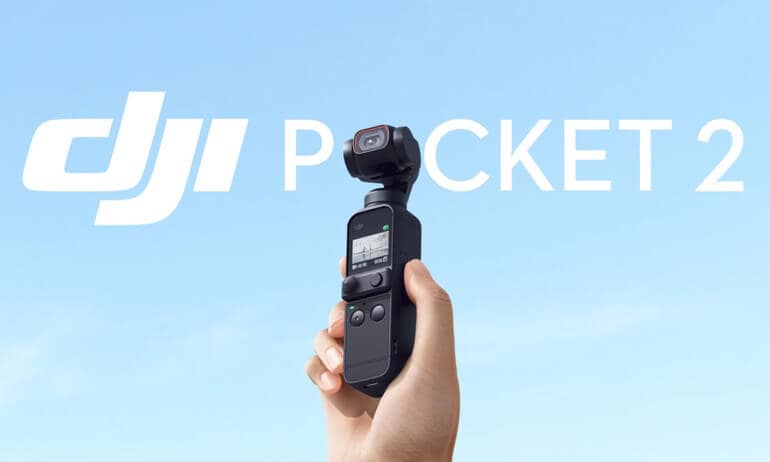
2. Sony Xperia 5 III
The video expertise that Sony's camera division has is brought over to its smartphone division, and as a result, the Sony Xperia 5 III is an amazing phone for videography and slow-motion video recording. If you utilize the more advanced Cinema Pro software, you will be able to film at a super-smooth frame rate of 120 frames per second, whilst the standard mode is fine for everyday use and will allow you to shoot in 4K at up to 30 frames per second.
Now, the Cinema Pro app isn't for everyone because it was built to provide experienced users the ability to extensively tamper with video settings. As a result, first-time users may feel a little bit overwhelmed by the software's features and options. This is an excellent option for you if you do not mind getting hands-on with the video settings on your device.
Because wireless charging was not included in the Xperia 5 III, like it was not included in the model that came before it, users will need to make some minor adjustments to their expectations regarding the equipment. The Xperia 5 III is a great option for consumers who want a high-end smartphone that is still relatively tiny and features a Snapdragon 888 system-on-chip.
Price: $999.99
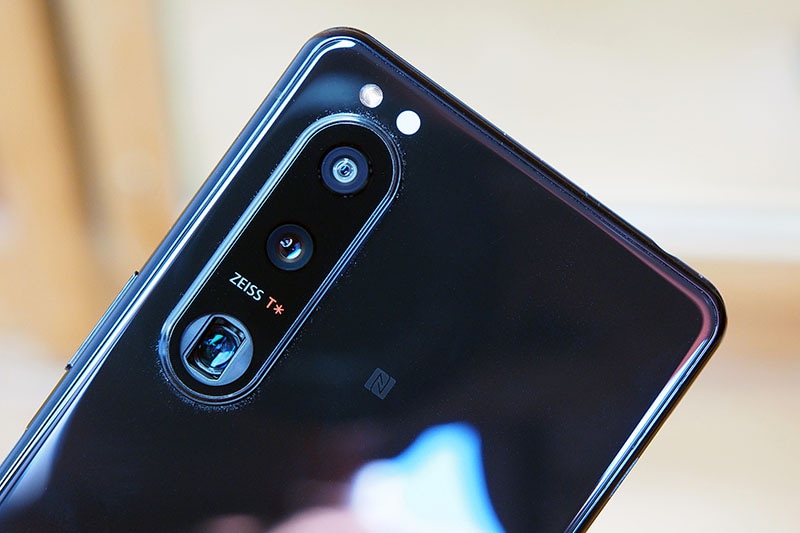
3. Canon EOS 90D
Anyone who likes to shoot a little bit of everything, including slow-motion, is a good candidate for this versatile and powerful all-rounder, which is a solid alternative. You'll have the ability to record at frame rates of up to 120 fps in Full HD, with outstanding face and eye tracking that works effectively to deliver results that are crisp and clear.
>The 90D is the one to look towards if it's something you're particularly interested in, especially if you're eager to take advantage of the more extensive range of Canon lenses (opens in new tab) that are available for EF mount DSLRs. Several of the other cameras in Canon's line up are limited to 720p for 120fps shooting, so the 90D is the one to look towards if it's something you're particularly interested in.
>With other capabilities including as 4K recording, a headphone and mic port, this is a handy tool for making lots of different types of shot, using slow mo when necessary.
The Canon 90D has great image quality, especially at lower ISO settings. The photographs produced by the camera have a lot of clarity, colors that are attractive to the eye, and a decent dynamic range performance. Additionally, the camera has exceptional exposure and tonal adjustment versatility. However, similar to the sensors found in most Canon DSLRs, the sensor included in the 90D has a fixed optical low-pass filter.
The Canon 90D is versatile enough to be utilized for either formal portraiture or candid shots with friends and family. It has a good exposure latitude, which enables it to handle a broad variety of lighting circumstances in an effective manner. The EOS iTR AF face detection works really well to ensure that your subject's eyes, which are the most crucial portion of the face, are caught with excellent sharpness.
Price: $1,199.00
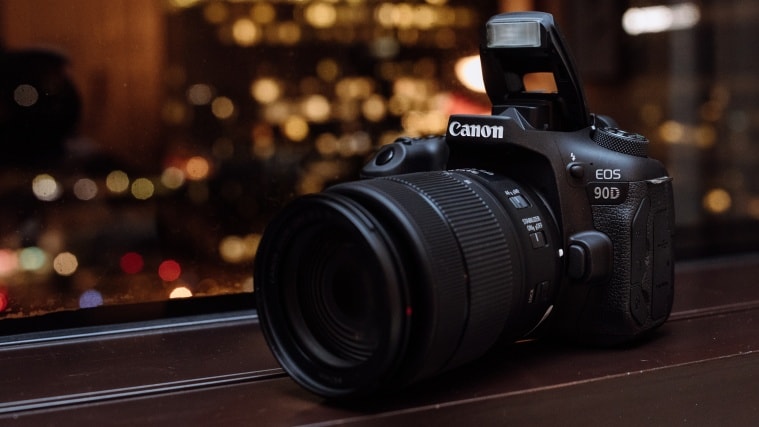
4. GoPro Hero 10 Black
Because moving or action subjects are the most typical usage for slow-motion film, it makes sense to make an investment in an action camera to complete the job. GoPro is still the leader among action cameras, and its software offers a wide range of customization possibilities, allowing users to create a wide variety of special effects. The maximum frame rate that can be achieved in 4K is 120 fps, while 2.7K allows you to capture a spectacular 240 fps slow-mo, offering you an improvement in quality in comparison to Full HD.
This is an excellent choice for producing point-of-view (POV) slow-motion videos of your various excursions, such as mountain biking, surfing, and other similar activities. Because it has a number of different attachments and mounts, it is also one that you can easily transport from place to place.
The Hero10 can be submerged to a depth of 33 feet without requiring a protective casing, just like the other cameras in the Hero series. The official 'Super Suit' GoPro attachment that houses the Hero9 is the same case that you can use with the Hero10, and it has a depth rating of either 196 feet or 60 meters, whichever is greater.
You may avoid the problem by powering the GoPro through the USB-C port when you're recording for a long period of time or by lowering the frame rate. During our testing conducted at room temperature, the Hero10 was able to continually record until its battery died at 5.3K24, which corresponds to a running time of close to 90 minutes.
Price: $449.99
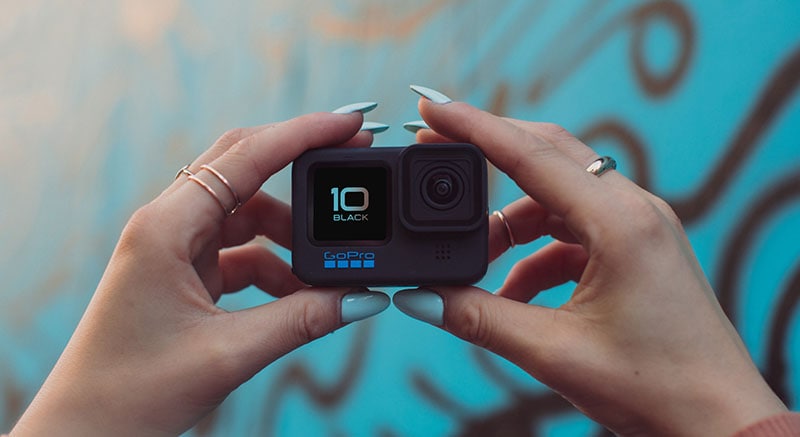
5. Sony ZV-1
This is another versatile and affordable choice that video and entertainment professionals will love. As well as 120fps slow-mo, you get 960fps super-slow-mo. This lets you slow down the action for dramatic consequences, analyzing every detail. Slow-mo choices were designed with vloggers in mind, but they're also ideal for everyday recordings.
Price: $749.99
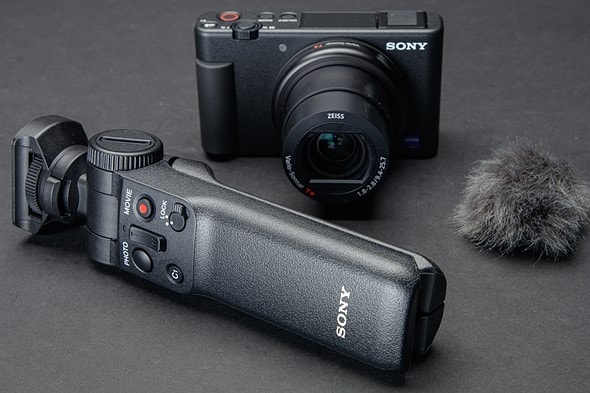
The Bottom Line
Both in controlled lab settings and in actual shooting scenarios, we evaluate cameras. Our laboratory tests examine signal-to-noise ratio, dynamic range, and resolution. ISO resolution charts are used to assess resolution, DxO Analyzer test equipment is used to measure dynamic range, and DxO Analyzer is also used to analyze noise throughout the ISO range of the camera. We base our comments in buying guides on both laboratory and real-world testing data.




